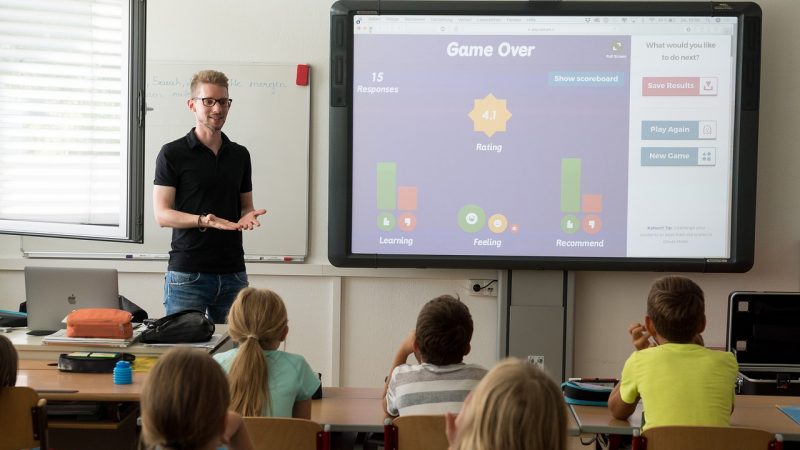School trips provide invaluable learning experiences outside the classroom. However, challenges like safety, liability, accessibility and cost often hinder trip organization. Emerging transportation solutions now enable schools to overcome these obstacles and facilitate immersive educational adventures. This guide explores how modern options are revolutionizing school trip planning and execution.
The Value of School Trips
Well-planned school trips, from day field trips to international excursions, offer myriad benefits:
– Reinforce learning through experiential activities and hands-on engagement
– Provide exposure to new environments, cultures and real-world concepts
– Allow bonding between classmates and teachers in fresh settings
– Build life skills like problem-solving, responsibility and independence
– Inspire curiosity and wonder through new discoveries
– Expand students’ worldviews and ambitions for the future
Yet outdated transportation models have limited program scope and student participation. Capitalizing on advanced solutions unlocks new potential.
Addressing Common School Trip Challenges
Schools face logistical difficulties when coordinating off-site travel:
Safety and Liability Risks
– Transporting groups necessitates close supervision to minimize dangers
– Schools bear responsibility for students’ wellbeing throughout trips
Accessibility Limitations
– Traditional buses cannot accommodate those with physical disabilities
– Special needs require trained staff support and tailored activities
Financial Constraints
– Chartering vehicles and venues incurs significant costs
– Creates affordability issues for lower-income families
Inflexible Itineraries
– Set programs don’t cater to groups’ unique interests and trip goals
– Makes achieving educational aims challenging
New Transportation Strategies
Innovative options modernize trip execution:
Private Chartered Services
Premium buses, vans and limos allow punto-to-punto travel flexibility. Onboard monitors and entertainment systems create mobile classrooms. Ideal for longer distance trips and small groups. More costly than mass transit.
Ridesharing Services
Customizable routes and vehicle types transport any number of passengers door-to-door. Allow flexible scheduling and meet special accessibility needs. Drivers undergo background checks. Payment processing is convenient.
Public Transit Utilization
Maps apps ease public transit navigation. Unlimited ride passes provide affordable mobility. Teaches public transportation literacy. Large groups spread out across routes. Requires close monitoring.
Micromobility Solutions
Bike, e-bike and scooter shares enable short distance travel and exploration. Fun, eco-friendly option for older students. Integrate safety lessons. Geo-fencing can restrict access. Requires helmet use policies.
Walking Field Trips
Simple, cost-effective way to experience local neighborhoods. Allows frequent impromptu trips. Younger students remain near school. Chaperones monitor road safety. inclement weather contingencies needed.
Optimizing Educational Value
Capitalizing on transportation flexibility facilitates targeted adventures:
– Visit multiple locations in a day based on real-time needs
– Modify activities and pacing to keep students energized and on-task
– Enable immersive cultural encounters based on students’ interests
– Provide access to impactful learning environments like nature reserves
– Accommodate students with disabilities to participate fully
– Allow students to guide itineraries promoting leadership skills
Administrative Streamlining
Automated solutions reduce logistical workload:
– Intuitive apps simplify transportation requests and coordination
– Efficient payment processing, permissions collection and scheduling
– Real-time GPS tracking of vehicle locations for safety monitoring
– Digital waivers and liability paperwork minimize bureaucracy
– Custom analytics provide data insights to improve future trips
Putting It All Together
A combination of strategies can serve an individual trip’s requirements:
– Use public transit for airport transfers or between activity hubs
– Bring small groups to specialized sites via rideshares
– Provide handicap-accessible vehicles for students with limited mobility
– Have students bike or walk together between nearby points of interest
– Chartered vehicles offer flexibility for far-flung destinations
– Apps enable easy logistics management and location monitoring
By embracing diverse transportation options, schools gain flexibility to create enriching educational travel experiences once hindered by logistical limitations. Going beyond the traditional model opens new horizons for learning and growth.










